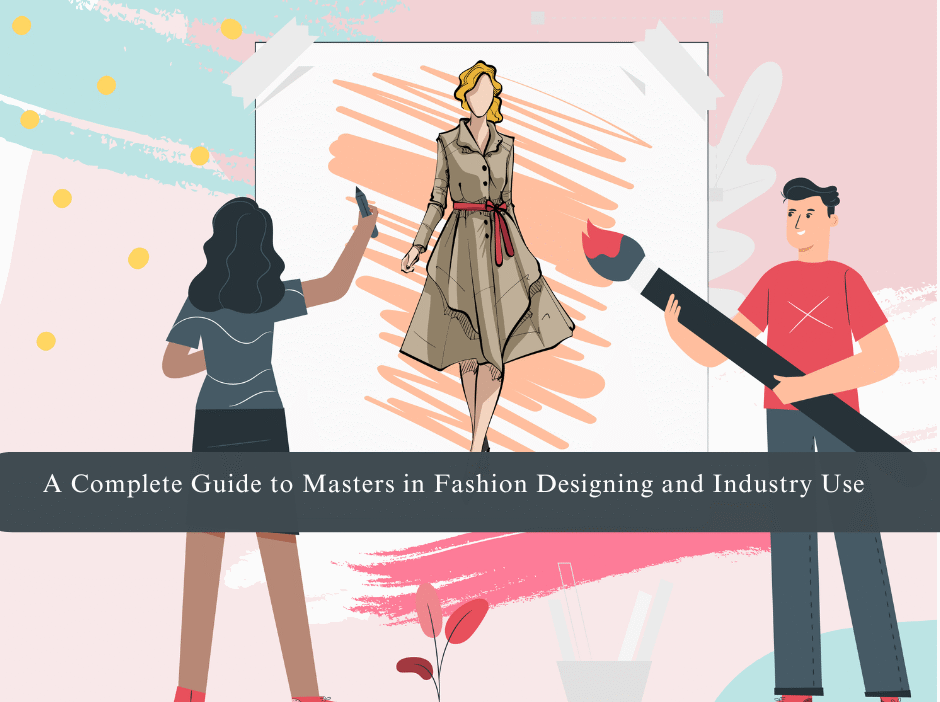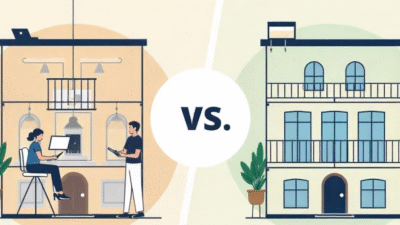Fashion has grown far beyond clothes and runways. It now touches every part of our lives—how we express ourselves, how brands communicate, and how industries shape culture. For those who want to build a serious career in this exciting field, a Masters in Fashion Designing offers in-depth knowledge, practical experience, and a path to real-world impact.
Discover the scope of a Masters in Fashion Designing, its uses in business and education, and the top fashion colleges in India that offer some of the best design courses for the next generation of creative thinkers.
Why Choose a Master’s Degree in Fashion?
A bachelor’s degree gives you a foundation in fashion, but a master’s program helps you explore the field in depth. It allows you to focus on what you truly enjoy—whether it’s designing, fashion business, styling, sustainability, or fashion technology.
Some reasons to consider a master’s in fashion:
- You get to develop advanced design thinking and creative strategy
- It opens doors to leadership and research roles in the industry
- You learn from global faculty, industry mentors, and real projects
- It helps build a strong portfolio for international job markets
Scope and Career Opportunities
Fashion is now a multi-industry field. From tech to business, from media to education, fashion professionals are in demand everywhere.
After completing a Masters in Fashion Designing, you can explore roles like:
- Fashion Designer – Work with brands or build your own label
- Trend Forecaster – Predict what people will wear next season
- Brand Manager – Shape a brand’s visual and marketing identity
- Fashion Buyer – Select collections for fashion stores and platforms
- Creative Director – Lead campaigns and seasonal launches
- Fashion Educator or Researcher – Teach or publish work in fashion studies
- Sustainable Fashion Consultant – Help brands become more eco-friendly
The demand for experts with a fashion background is increasing in industries like retail, media, lifestyle, luxury management, and even tech startups working on fashion innovation.
Fashion in Business and Management
Fashion and business are deeply connected. In fact, many companies now hire fashion graduates for business roles because they bring fresh ideas and a creative mindset.
In your master’s program, you may study areas such as:
- Fashion marketing and branding – Learn how to promote fashion globally
- Retail and supply chain – Understand how fashion products move from sketch to store
- Customer behavior and digital strategy – Track how people shop and interact with fashion online
- Entrepreneurship – Start your own fashion label or service
With this knowledge, you can work in areas like retail management, brand partnerships, fashion PR, or even launch your own fashion startup.
Trends and Technology in Fashion
Fashion is constantly changing, and technology is now a big part of it. From virtual fittings to digital fashion shows, the way fashion is designed and shared is transforming.
Some current trends you might explore during your master’s course:
- Digital Fashion & Virtual Reality – Clothes designed to exist only online
- Sustainable and Ethical Fashion – Eco-friendly fabrics and transparent production
- Fashion-Tech Collaborations – Smart wearables, 3D printed clothes, and AI in design
- Social Media & Influencer Branding – How fashion spreads across digital platforms
Studying these topics helps you stay relevant and competitive in an industry that thrives on innovation.
Fashion’s Role in Education and Research
For those interested in academics, a Masters in Fashion Designing can also be the starting point for a career in teaching or research. Fashion education is growing in India, and skilled educators are needed to train the next generation of designers.
Fashion research can focus on:
- The history and culture of clothing
- Fashion psychology and identity
- Craft revival and traditional textiles
- New materials and sustainable techniques
With growing attention on local textiles, slow fashion, and ethical design, researchers and educators play a key role in shaping the future of fashion in India and abroad.
Choosing the Right Program
To get the best out of your master’s degree, you need to pick the right course. India has many great options today, so look for the top fashion colleges in India that suit your interest.
Here’s what to check before applying:
- A curriculum that balances creativity with real-world skills
- Opportunities for live projects, internships, and exchange programs
- Access to labs, studios, and updated tools
- Faculty with strong industry or research backgrounds
- An encouraging environment that lets you grow your own style and vision
The best design courses not only teach you how to create—they help you think differently and lead change.



